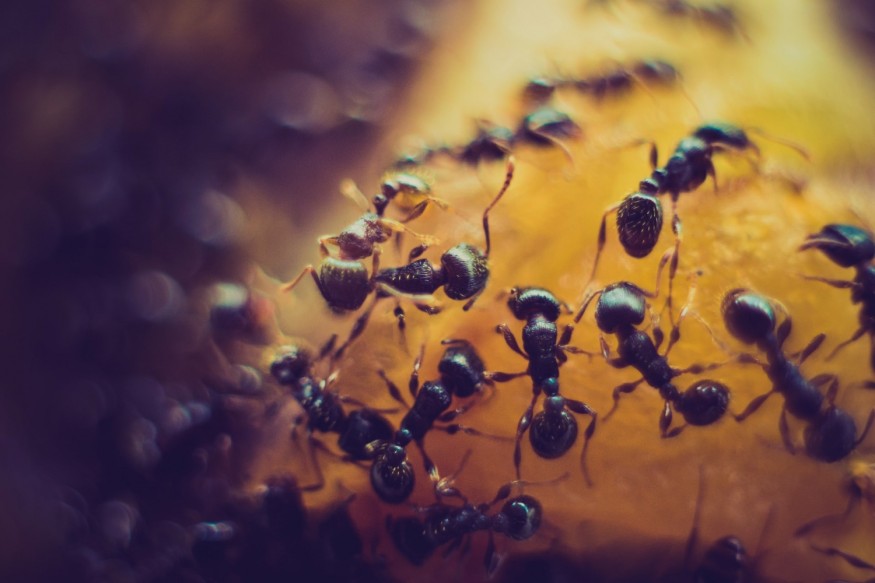
A recent estimate stated that there are roughly 20 quadrillion ants crawling all over the planet. The staggering ant population has a total weight estimated to be 12 million tonnes.
Patrick Schultheiss from the University of Hong Kong said that It is just a question that is on people's minds.
Anyone who has looked at ants and realized that there are many of the crawling insects has probably wondered about its total population.
Schultheiss co-led the study with his colleague Sabine Nooten, who is from the Julius Maximilian University, located in Würzburg, Germany.
20 Quadrillion —Wow! 12 Million Tonnes —Wow Again!
They gathered information from 489 studies that used standardized techniques to measure ant densities in various regions of the world in order to provide a response.
From this data, they extrapolated that there are roughly 20,000,000,000,000,000, - that's 20 quadrillion, ants in the world.
The total weight of carbon in all of these ants collectively, or their biomass, is approximately 12 million tonnes worldwide.
This exceeds the combined biomass of wild mammals, which is 2 million tonnes, and birds at 7 million tonnes.
In contrast, there are 60 million tonnes of biomass in humans.
In-Depth Research
Schultheiss explained that in essence, previous calculations of the total ant population on Earth were educated guesses that were extrapolated from ant densities observed in one or two locations.
The most recent analysis looked at studies from across all continents and authored in various languages in an effort to be more accurate.
However, there is still a gap in the understanding because most ant population counts have been done on the ground rather than underground or in trees, claimed Schultheiss.
There are also a few statistics from northern Asia and Africa.
Ants come in 15,700 different species and subspecies. Due to their functions in seed dispersal, enhancing nutrient availability through soil turnover, and supplying food for ant-eating animals, insects are essential to the majority of ecosystems.
According to Nooten, understanding the world's ant population is crucial for conservation efforts.
By conducting this study, the group established a baseline for biomass and ant population distribution around the world.
She went on to say that repeat studies can be carried out in the same locations using the same techniques in the future to determine what has changed, New Scientist reported.
Ants
Although they are common insects, ants have some distinct abilities.
Around the world, there are more than 10,000 different species of ants, as per the National Geographic data.
They can make up to half of all insects present in some tropical forests, where the said insects are particularly common.
Ants and termites frequently get mixed up, especially by anxious homeowners. The difference between termites and ants is that termites lack a narrow midsection between their abdomen and thorax.
Ants have broad heads, elbowed antennae, and powerful jaws.
The Hymenoptera order, which also includes wasps and bees, includes these insects.
Ants are fervently social insects that typically live in organized nest communities that can be found underground, on the ground, or in trees.
© 2025 NatureWorldNews.com All rights reserved. Do not reproduce without permission.





